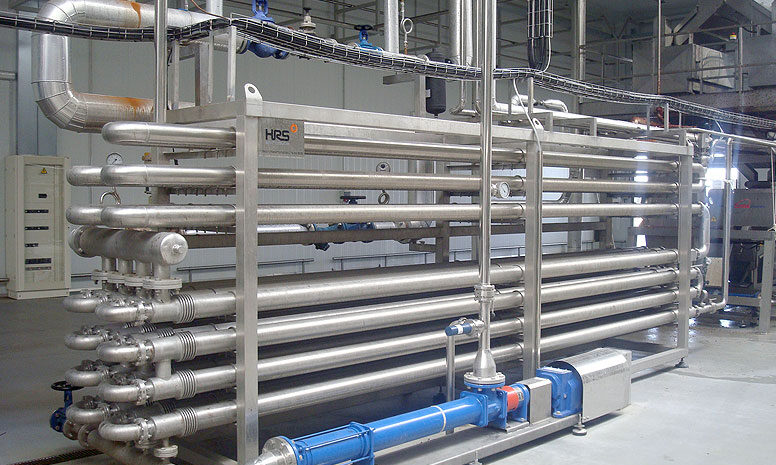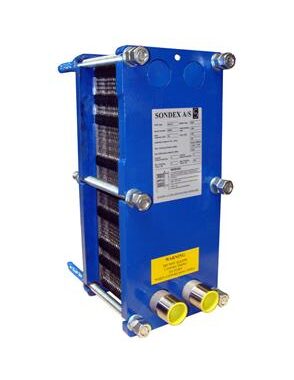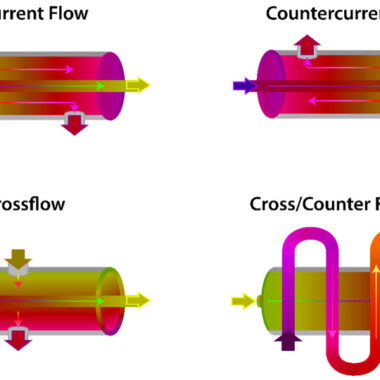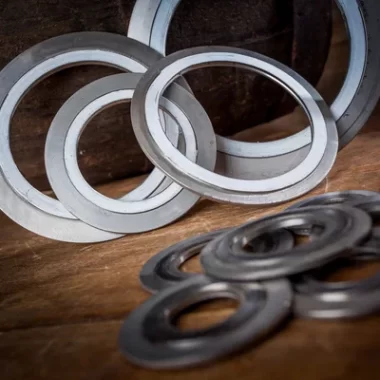Double Pipe Heat Exchangers
Introduction
Double pipe heat exchangers are a highly efficient heat transfer solution, commonly used in industries that require handling fluids at high pressures. These systems feature a simple yet effective design that allows for significant customization while maintaining strong performance across various applications. Their compact structure and ability to endure pressure differentials make them an essential tool in many industrial settings.
Key Features of Double Pipe Heat Exchangers
- Compact Design: The double-pipe heat exchanger’s small footprint makes it a perfect choice for areas with limited space, such as tight industrial setups. Its design is not only space-efficient but also enables easy installation and integration into existing systems.
- High-Pressure Handling: These heat exchangers are engineered to endure high-pressure fluids, making them suitable for processes that demand stringent pressure control. The inner pipe, which handles the high-pressure fluid, is constructed from materials like stainless steel or high-alloy metals, ensuring durability even in extreme conditions.
- Simple and Robust Construction: The basic design consists of two concentric pipes—one carrying the hot fluid and the other the cold fluid. The simplicity of this setup not only reduces the risk of mechanical issues but also makes maintenance straightforward. Furthermore, the use of robust materials in construction adds to the longevity and reliability of the system, reducing downtime and operating costs.
- Efficient Heat Transfer: The counter-current (or co-current) flow arrangement maximizes the temperature gradient between the two fluids, enhancing heat transfer efficiency. In counter-current setups, the fluids move in opposite directions, which maintains a higher temperature difference throughout the system, increasing the rate of heat exchange.
- Customizable Design: Double-pipe heat exchangers can be customized to meet specific requirements, such as different pipe lengths, diameters, or materials. For example, corrosion-resistant materials can be chosen when handling aggressive chemicals, or larger diameter pipes can be selected for increased flow rates.
- Cost-Effective: Due to their simple design and easy-to-maintain structure, double-pipe heat exchangers are cost-effective both in terms of initial investment and long-term operation. Their durability minimizes the need for frequent replacements, while the ability to operate under high pressure reduces the risk of costly downtime due to failure.
Applications of Double Pipe Heat Exchangers
- Oil and Gas Industry: Double-pipe heat exchangers are crucial in oil refining and gas compression operations. These processes involve high-pressure fluids, and the heat exchanger’s design ensures safe and efficient heat transfer under extreme conditions. They are often used to cool or heat hydrocarbons and other process fluids, contributing to operational stability in refineries and processing facilities.
- Chemical Processing: In chemical plants, these heat exchangers are commonly used for processes involving high-pressure fluids that may also be corrosive or reactive. Their ability to handle a wide range of chemicals, while maintaining a small footprint, makes them ideal for use in reaction cooling.
- Power Generation: Power plants utilize double-pipe heat exchangers in systems where steam and high-pressure water are used. They are critical in maintaining the plant’s overall thermal efficiency by cooling or preheating fluids involved in steam turbines and other heat exchange processes.
- HVAC Systems: Double-pipe heat exchangers are often used in industrial HVAC applications where high-pressure fluids must be handled efficiently. In systems where both heating and cooling are necessary, such as large commercial buildings or processing plants, these heat exchangers ensure reliable temperature control without occupying too much space.
- Food and Beverage Industry: Double-pipe heat exchangers are widely used in the food and beverage sector to ensure the efficient cooling or heating of products during processing. Their ability to maintain hygienic conditions and handle high-pressure fluids makes them ideal for processes such as pasteurization and liquid cooling.
- Pharmaceutical Industry: In pharmaceutical manufacturing, double-pipe heat exchangers play a critical role in maintaining precise temperature control, especially when dealing with temperature-sensitive chemicals and compounds. They are often used in sterilization, cooling, and solvent recovery applications.
- Cryogenic Applications: These heat exchangers are also employed in cryogenic systems, where they handle extremely low-temperature fluids under high pressure. The robustness of their design ensures efficiency and safety in processes like gas liquefaction or cryogenic gas storage.
- Waste Heat Recovery: Double-pipe heat exchangers are used in waste heat recovery systems to capture and reuse energy from industrial processes, contributing to overall energy savings. This application is becoming increasingly important in efforts to improve energy efficiency and reduce environmental impact.
Conclusion
Double-pipe heat exchanger offer an ideal solution for high-pressure applications across various industries. Their compact design, high efficiency, and robust construction make them well-suited for processes where space is limited and pressure differentials are significant. With customizable options and the ability to handle aggressive fluids, these heat exchangers are a versatile and reliable choice for industrial cooling and heating needs.





